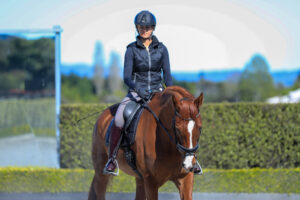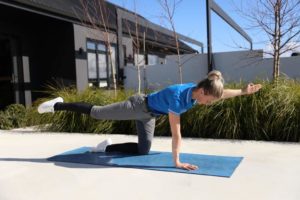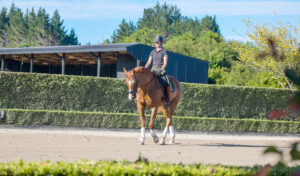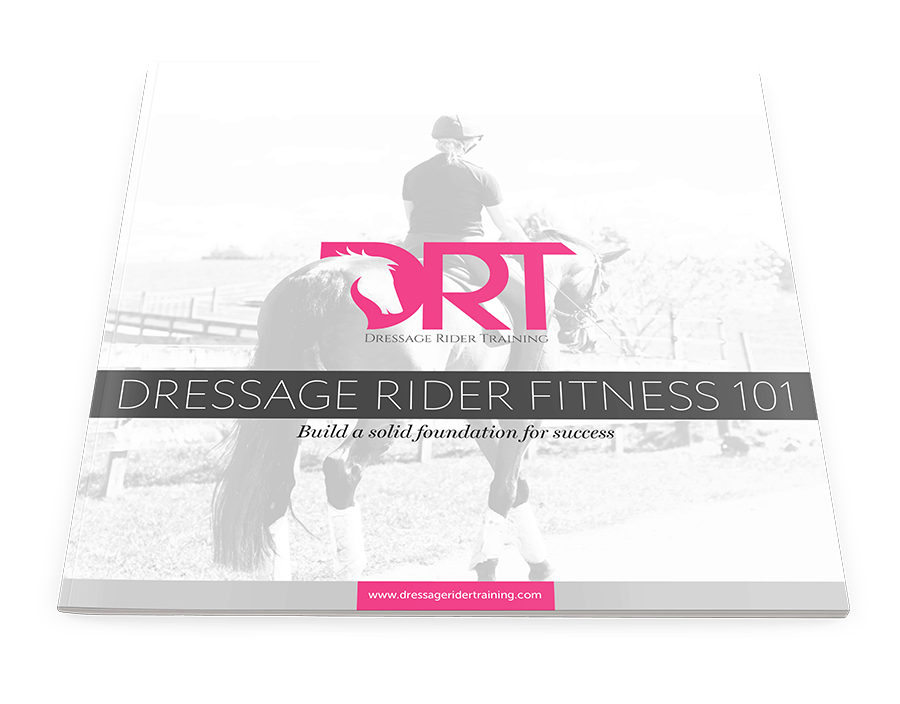Understanding your pelvis and how it relates to riding balanced and soft
Learn how to create a soft independent seat in the saddle by learning more about the structure and balance of your pelvis
Everything in riding is about balance, working with gravity to move in balance and harmony with your horse.
Moving in balance requires understanding your skeleton and, most importantly, the layout of your pelvis and how it ‘should’ sit in the saddle.
Your pelvis is the foundation of your position and how it sits in the saddle directly influences everything else in the body.
I am going to give you an analogy, bear with me.
Let’s picture your car.
It seems a bit off on the road, so you take it in to have its wheel alignment checked.
You find out that one tyre needs to be aligned; this tyre wasn’t aligned and was pulling your car more in one direction on the road. If you had left this much longer, the tyre might have become ‘feathered’, where the tread is worn and smooth on one side, and the balance on your road becomes more impaired and harder to drive.
You would likely feel a pull from one side, making your car more difficult to balance and handle.
For cars to perform optimally, wheel alignment must be correct. Correct?
Can you see where I am heading with this?
Now, your body is no different.
Our hinges and joints must be aligned to work smoothly as we move. If they’re off, like a car, it will cause undue wear and tear and become more complicated to handle.
This can result in pain, injuries, and stress on those joints. Or just make riding more complicated than it needs to be because you are off balance. Working against gravity, instead of with it.
Meaning you have to work harder just to stay in balance with your horse.
Have you ever watched top riders? They make it look effortless.
I love how Uta Grafs describes her goal with dressage and that we want fine riding on a motivated horse.
Fine riding, can be effortless.
However, the more off-balance we are, the harder it becomes.
Not only does it become harder physically to ride because you have to use more muscular strength, but it is equally too hard to feel.
To create fine movements and think with your seat.
When we are off balance, the impact and force on joints that aren’t aligned properly can be immense and, over time, can reduce the length of your riding career.
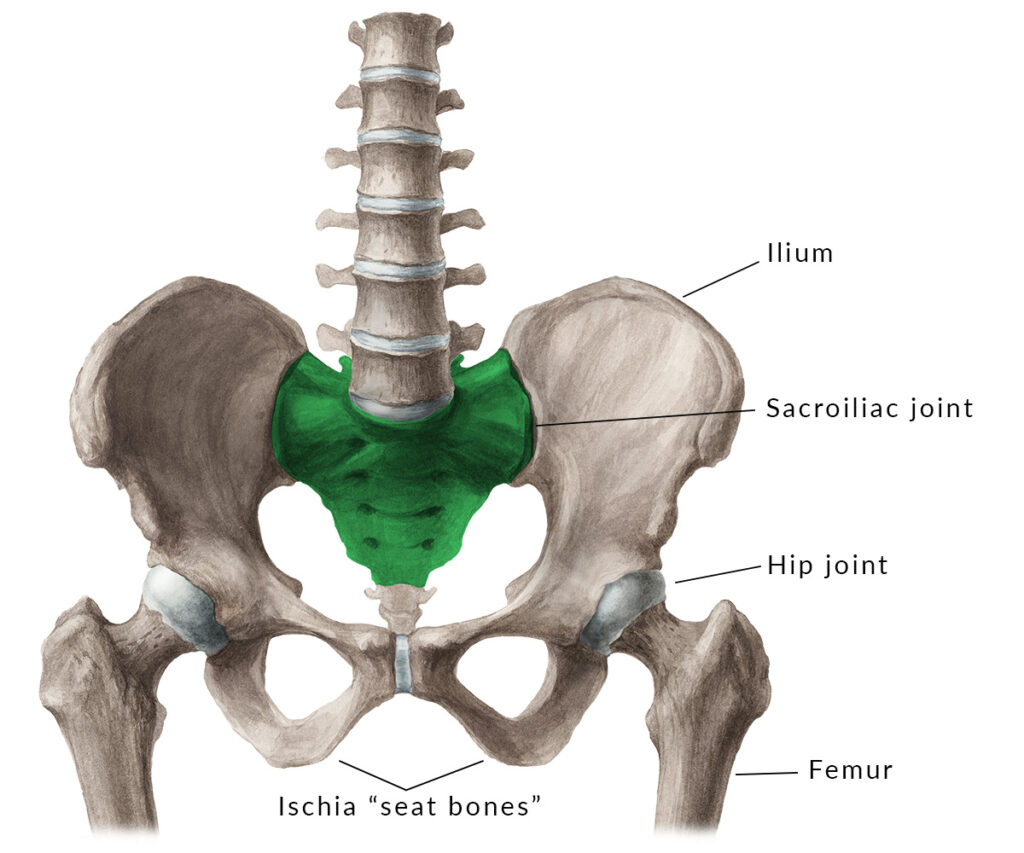
Pelvis Balance
Correcting your alignment starts with the position of your pelvis.
When riding, we want to ensure our pelvis is stacked up correctly and we’re on our seatbones evenly. This will help our hips move freely.
The hip joint is essential because this is where pressure from above and movement from below move through. The hip joint is designed to have a huge range of motion.
However, this range of motion becomes limited for most, affecting our hip’s ability to do its job.
Not only is this range of motion often limited, but it also differs from side to side. Affecting our ability to use our seats.
If our alignment is off and we’re sitting to one side, we will create more stress in that one hip. Also, if your pelvis is positioned too far forward, it can create vulnerability in your lower back.
Our pelvic movement is connected to the movement of the lower back and hip joints. Everything is connected and intimately affected.
When you hollow your back, the front of your pelvis will tip forward. This alters the angle at which your femur relates to your pelvis.
It will also move your sacrum and the position of your lower back over your seat bones. So, cushioning and correct absorption will be lost.
Then, the exact opposite happens if you tilt in the opposite direction.
When in proper alignment, you can soften your seat and spread more weight evenly around the bearing surface of your seat bones and your glutes (bottom).
This then becomes a much more comfortable load for your horse to carry, allowing them to soften their back and lift up to you and your soft seat.
Good alignment is not just about creating a visually pleasing picture. It’s about protecting and looking after your body (and your horses) to allow you to continue riding for as long as possible.
Your saddle and your position
Now you know why you want to be on your seatbones, but physically in the saddle, it seems impossible.
First and foremost, the key to help you be in balance is a correctly fitting saddle.
Often, a saddle is fitted for the horse but not the rider.
And a saddle that is too big or too small for the rider can throw them off this balance and make it extremely difficult to get square on your seatbones.
Equally, saddles with prominent knee roles and combined with tight hips affect your thigh position, shifting seat bones out of alignment.
So before you blame everything on your stiff and tight body, get your saddle balanced for you as a rider.
A correctly balanced saddle can make the biggest difference.
Okay, saddle fits are not my lane so that I will leave anything more on that subject to the experts.
But I’m just putting it in here because I see so many riders struggling with their balance and position and thinking it’s all their stiff body.
But in fact, it’s the saddle. If in doubt, ride in lots of different saddles, get a feel for them and watch how they each affect your position and how you ride.
Then there is the other end of the spectrum, where riders blame everything on their saddle and don’t address their stiffness and imbalances.
Everything matters.
Each one of these things is a piece of the riding puzzle. A 1% item helping you fine-tune your riding.
It’s never just one thing in isolation. We must address everything.
Heard the saying, a good rider can ride well in any saddle?
This might be true, but I don’t particularly appreciate going down that conversation path, even if this is the case.
It’s not good advice for riders just trying to be their best.
The critical piece of information you need to know is that everything adds up.
To ride with delicate, light aids and be in balance and harmony with your horse, you need the equipment you use to make this job easier. Not harder.
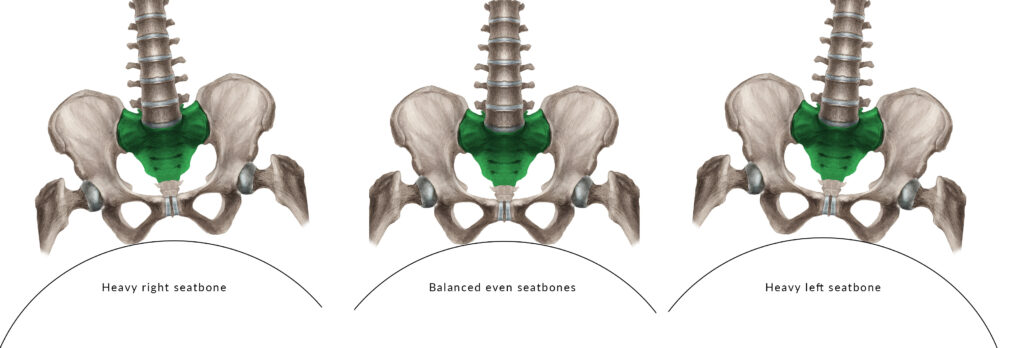
Muscle imbalances
Our goal in the saddle is to be evenly balanced on those two seat bones, and once you know you have the right saddle for your partnership with your horse. It’s then about addressing your weaknesses and imbalances.
You may be one of the unique few who doesn’t need to do anything. However, in my experience, most of us have things to work on. Forever.
Nobody is perfectly symmetrical, and our body compensates and tightens over time. It should be something you consistently address.
We all have a more dominant side, like our horses.
This can lead to muscles on that side becoming tighter. Just look at how you naturally stand. What leg do you put most of your weight in?
We rarely stand perfectly square, and even most of the time. But we should. And to improve your balance, you should aim to start doing more of this.
When we have one side tighter than the other, it can pull our femur and hip joint into a restricted position. This affects how your femur (thigh bone) can sit against the saddle.
The word ‘draping of one’s legs’ is often discussed, and ‘draping’ becomes extremely hard when those glute muscles are tight alongside tight hamstrings and hip flexors.
So, to ‘drape’ our legs, we need symmetry and freedom through our hips. Otherwise, imbalances happen like a heavy left seatbone.
You can try all you like to try and put more weight into the opposite seatbone, and for some, this simple queue and reminder from your coach may work. But what will make the whole job a lot easier is addressing those tight muscles.
Remember the wheel alignment analogy.
Work on your alignment, and you can then ride with more ease and balance.
Work against balance and ignore that alignment; you will constantly battle against your body and gravity to sit even. This is when riding becomes hard work and exhaustive.
Which is not a fine riding.
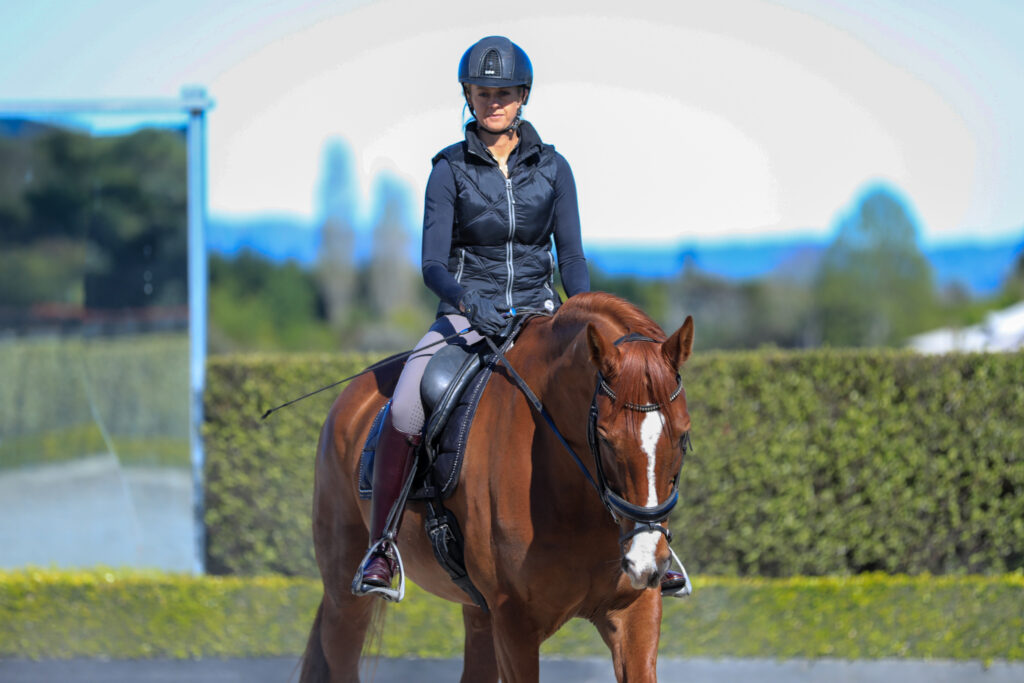
Size matters
I often get asked if there is a definitive range of motion in stretches that we need to have. And my answer is it depends.
And the truth is, no, you don’t need to be able to do the splits or get your head to the ground while stretching your hamstrings.
The range of motion you need is unique to your goals and your partnership with your horse.
Your match with your horse matters.
For a smaller framed person, riding a big barreled horse with goals of doing tests with sitting trot in a light and soft seat.
They will need more range of motion and freedom through their hips than a larger-framed person riding a narrower horse doing dressage at the lower levels in rising trot.
What I believe is more important than being able to do extreme stretches is your symmetry.
Your feeling you get through both sides of your body and your range of motion compared to your other side. Because little twists and imbalances are what affect your feel.
Your feeling in the saddle needs to be of the horse and not limited by one side of your body being stiff and then thinking it is the horse that is stiff.
So when you do all stretches, aiming for evenness of feel is vital.
Summary
The truth is, too, and I think it is important to know that sometimes it isn’t you either. Or the saddle.
In fact its the horse.
The horse could be bracing its back for whatever reason on one side, shifting you over to one side in the saddle.
So don’t blame everything on yourself and equally too, don’t blame everything on your horse.
Or everything on the saddle.
My message here is to take control of what you can control and get to know your body, weaknesses, and tendencies. Take yourself out of the equation.
The more you do this, the more you will develop your feel as a rider because you know your body well.
Then the more you can recognise the feel your horse gives you.
This is the road to developing a kind and soft seat and being the best rider for your horse.
Which ultimately is what it is all about.
Want more help with your hip suppleness, we have create a 21 day program specific to riders to help you address just this.
Here is a snippet from the program and you can find all the information here about it.
Dressage Rider Training System
Dressage is all about you, the rider and the horse. It is a team sport, so we developed a training system for you as a rider.
It is designed to help you work on symmetry, balance, coordination and suppleness while OFF the horse.
With the aim that when you are riding, you can sit in good posture and control and be able to focus on your horse during that time when you are in the saddle.
To get started on your journey, take a look at our FREE Rider Fitness guide here and discover our system of training.
Learn the four elements that go into you as a dressage rider and how you can begin to develop them today.
Want more FREE articles to help you with your dressage rider training? Try these out.
The Corset Of Your Abdominals : Your TVA
8 Key Muscles Involved When We Ride
The Underestimated Power Of Strength Training For Riders
All anatomy images used under license from Kenhub GmbH. Illustrator: Nicola Smith.
More articles
Dressage Rider Training Program
Join other participants on our 12-week 'step-by-step' online rider
training program. Improve the 5 components of your riding.
Only available 3x per year.
see full details & register your interest

